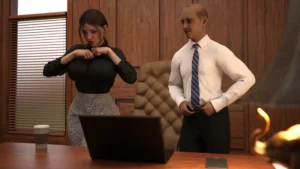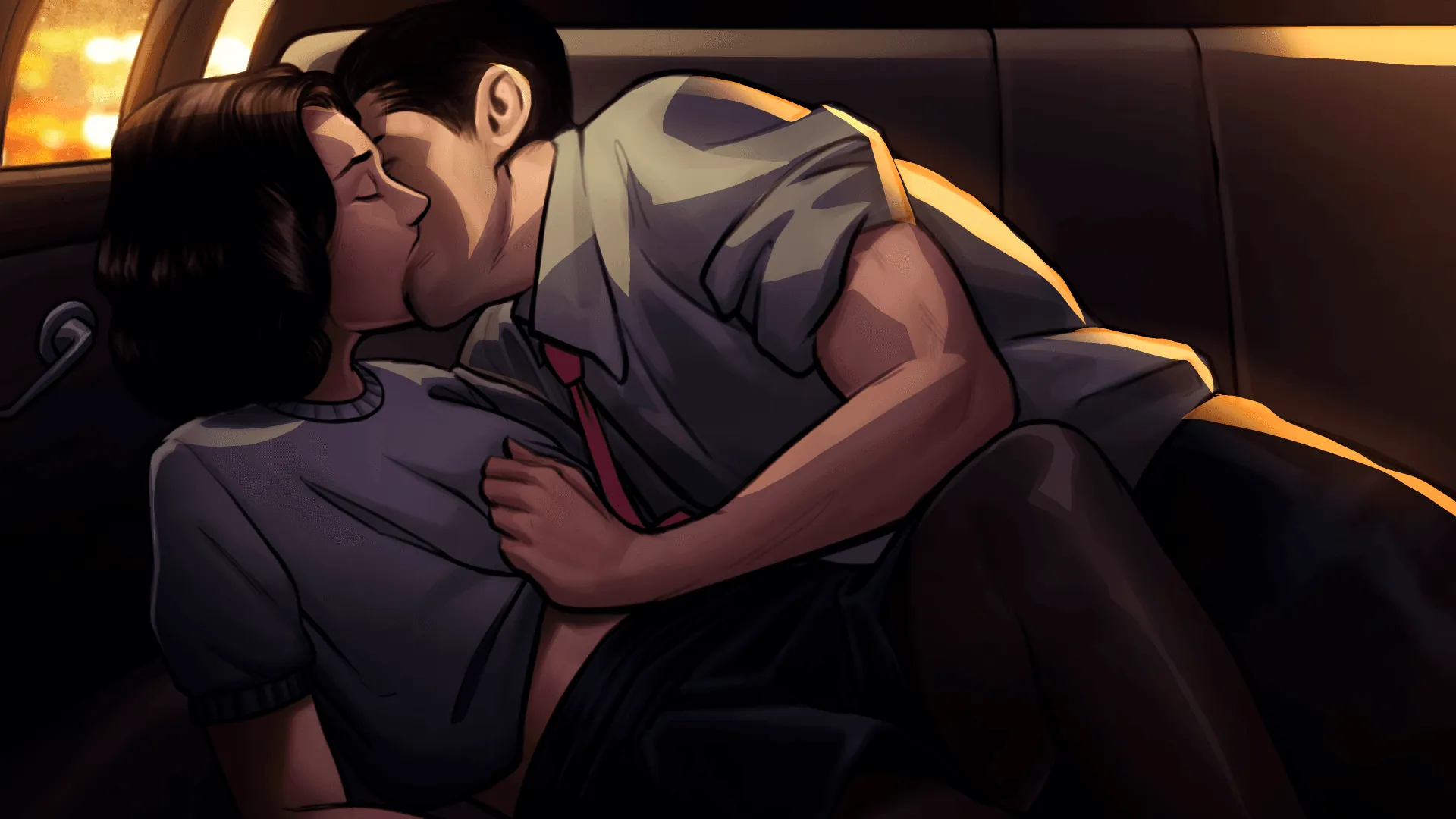
The Office
Play The Office
The Office review
A Detailed Look into The Office Game Experience and Its Unique Elements
The Office game has captured the attention of many players with its distinctive storyline and interactive gameplay. This article dives deep into the game’s core features, exploring what makes it stand out and how players can navigate its unique challenges. Whether you’re a newcomer or a seasoned player, understanding the game’s mechanics and storyline will enhance your experience and engagement.
Understanding The Office Game: Storyline and Gameplay
Ever find yourself sitting at your desk, staring blankly at the spreadsheet from hell, and just wishing you could transport yourself to the Dunder Mifflin office for a while? 🙃 I sure have. That’s the magic of The Office game. It’s not just another licensed title; it’s a love letter to the show that lets you step directly into the world of paper sales, prank wars, and “that’s what she said” jokes. I remember my first time booting it up, half-expecting a simple point-and-click adventure. What I got was so much more immersive.
This chapter is your guided tour through the heart of the experience: The Office game storyline and the The Office game gameplay that brings it to life. We’ll unpack what makes you feel like a true Scranton branch employee, from the key gameplay mechanics The Office uses to the brilliant interactive game features that make every decision count. Let’s dive in. 🏊♂️
What is The Office Game About?
At its core, The Office game storyline places you in the shoes of a new hire at the Scranton branch. You’re not playing as Jim, Pam, or Michael—you’re you, a fresh-faced employee trying to navigate the uniquely chaotic workplace culture. The genius of this setup is that it makes you the protagonist of your own episode. The main objective isn’t to save the world; it’s to survive the workday, navigate interpersonal dynamics, and maybe, just maybe, get Employee of the Month. 🏆
The game is a masterclass in fan service, meticulously recreating the show’s setting and tone. You’ll recognize every detail, from the bleak beige of the walls to the distinct hum of the office machinery. The primary The Office game characters are all here, each with their iconic personalities dialed up to eleven. You’ll interact with Michael’s desperate need for approval, Dwight’s unwavering loyalty to authority, and Jim’s long-suffering glances right at the camera. The beauty is that these aren’t just background decorations; they are active participants in your personal The Office game storyline.
The narrative is driven by a series of typical office tasks and social dilemmas. Will you help Dwight with his beet farm audit? 🤔 Do you participate in Michael’s improv workshop? Your actions directly shape your relationships and open up new, often hilarious, story branches. This approach creates a deeply personal connection to the world, making the unique game content feel both familiar and freshly exciting.
Key Gameplay Mechanics
The The Office game gameplay is a clever blend of simulation, narrative adventure, and social strategy. It’s designed to be accessible but with surprising depth beneath its surface. The core loop involves managing your time, energy, and social capital throughout a virtual work week.
One of the most engaging gameplay mechanics The Office employs is the relationship meter. Every interaction with a coworker affects your standing with them. Agree to cover for Pam? Your relationship score with her goes up. Snitch on Jim for a long lunch? Don’t expect him to share his fries with you later. This system is the engine that drives the player choices consequences, creating a web of alliances and rivalries that feels authentic to the show.
Another central mechanic is the task-completion system. You’re given a list of duties—filing paperwork, updating customer records, restocking the breakroom—but how you prioritize them is up to you. Ignoring a task from your boss might lead to a memorable Michael Scott reprimand, while focusing too much on work could make you miss out on a classic office prank. It’s a constant, fun balancing act. ⚖️
To give you a clearer picture, here’s a breakdown of some core interactive game features and how your choices can play out:
| Gameplay Feature | Description | Example Player Choice |
|---|---|---|
| Social Interaction | Dialogue trees and action choices that influence your relationships with characters. | Choosing to laugh at Michael’s joke or cringe in silence. |
| Task Management | A dynamic to-do list of mundane and extraordinary office duties. | Completing actual work vs. helping Dwight plan a “security drill.” |
| Branching Narratives | Your decisions unlock specific story scenes and character moments. | Your actions determine who you eat lunch with, which changes the dialogue you experience. |
| Skill Development | Improving stats like “Office Diplomacy” or “Prank Proficiency” through your actions. | Successfully pulling off a prank increases your skill, unlocking more elaborate options later. |
Unique Features and Content
What truly sets this game apart is its dedication to delivering unique game content you can’t find anywhere else. It’s packed with Easter eggs and deep-cut references that will have hardcore fans punching the air with joy. ✊ I once spent a good ten minutes just clicking on items in the background, like the “Welcome Back” banner from Casino Night or Kevin’s famous chili pot, each triggering a little nod to a classic scene.
The most significant interactive game features are the moments that break the fourth wall. Just like in the show, you can sometimes turn and deliver a confessional directly to the camera. These aren’t just canned animations; the content of your confession often reflects the choices you’ve just made, providing a witty, Jim Halpert-esque commentary on your own actions. It’s a small touch that adds a huge layer of authenticity and humor.
Pro Tip: Don’t rush through your tasks! Some of the best unique game content is hidden in the quiet moments. Hover your cursor over everything. You might just find a hidden “That’s what she said” opportunity or trigger a mini-scene with Creed that is as confusing as it is brilliant.
The player choices consequences are also handled with a remarkable subtlety. It’s not always about good or bad endings. Your choices craft your personal experience of Dunder Mifflin. Align yourself with Dwight, and you might find yourself on a stakeout for the so-called “Scranton Strangler.” 🕵️♂️ Become Pam’s confidant, and you could be helping her plan an art show. This creates immense replayability, as you’ll want to go back and see how different choices alter your relationships and unlock entirely new story beats.
Ultimately, the appeal of The Office game lies in this power to live within a world we all love. The The Office game characters feel real, the The Office game storyline is your own to write, and the The Office game gameplay makes you an active participant in the comedy. It’s less about winning and more about experiencing, laughing, and creating your own memories in the most famous paper company in Scranton, Pennsylvania.
The Office game offers a unique blend of storytelling and interactive gameplay that keeps players engaged through meaningful choices and diverse content. Understanding its core mechanics and storyline enhances the overall experience, making it a compelling option for those interested in immersive game narratives. Dive into the game to explore its rich features and discover your own path through its dynamic world.






























